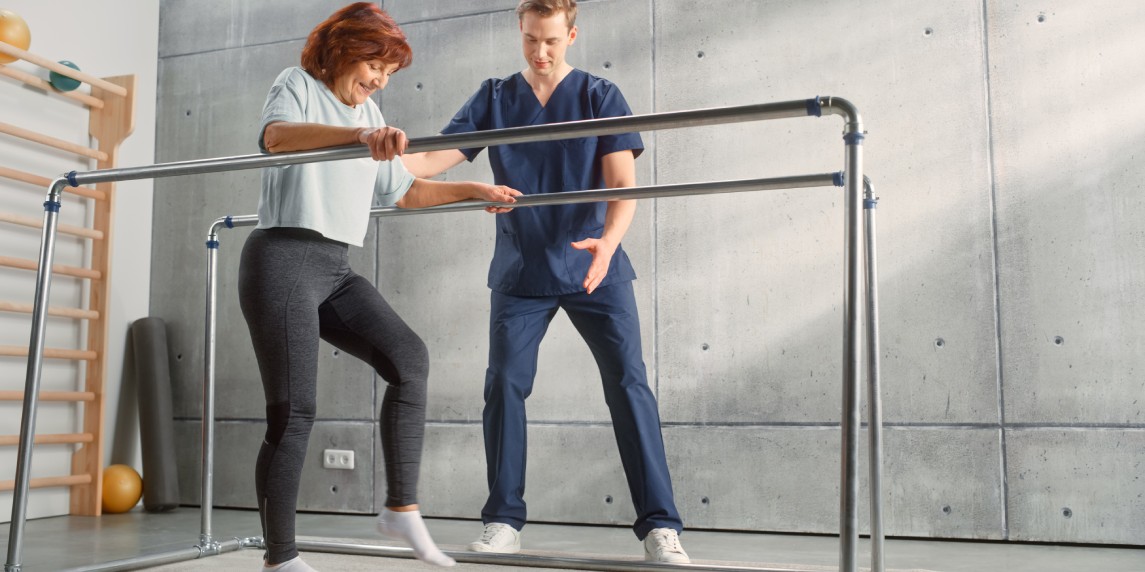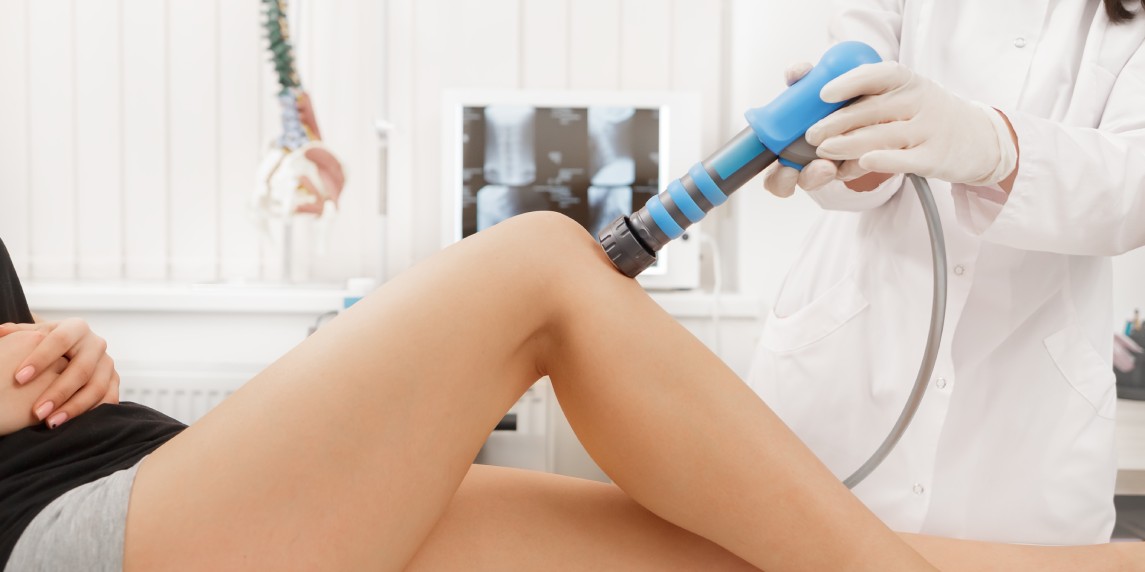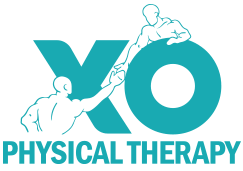Top 5 Physical Therapy Techniques Transforming Lives

Physical therapy is highly effective for various injuries, illnesses, and chronic conditions. It has developed into a highly effective treatment through technology and research. Cutting-edge traditional physical therapy includes many treatment methods, including stretching, core strength, aerobics, flexibility, and more. This article will discuss the top five physical therapy techniques and their effectiveness in addressing diverse physical health challenges.
Active Release Technique (ART)
Active Release Technique (ART) is a specialized manual therapy that stimulates blood flow and healing. ART treats soft tissue by combining manipulation and movement. This therapy identifies, targets, and isolates affected areas to break up scar tissue and solve problems.
During an art session, the therapist and patient work together. The therapist applies various hands-on techniques to manipulate joints and soft tissues. This technique reduces pain, improves range of motion, and enhances overall function. The therapist identifies restricted areas due to scar tissue that binds muscles, tendons, and ligaments. Pressure is applied to these areas, while the patient has to follow specific movements as instructed by the therapist.
Body parts treated by ART include:
- Fascia is the connective tissue that protects and supports muscles and organs throughout the body. Inflammation across a band of fascia tissue can cause extreme pain and stiffness.
- Major muscle groups: Strains and trauma can affect major muscle groups, including the neck, shoulders, back, and hamstrings.
- Tendons and ligaments: Tendons connect muscles to bone, and ligaments connect bone to bone. Injury to either can cause severe pain and a limited range of motion.
How ART works
Adhesions are dense collections of scar tissue from previous injuries. They are broken up through manual manipulation, which restores free movement of the nerves, muscles, and joints.
Benefits with ART
ART has a success rate of 70% or higher within the first two to five treatments. It allows increased flexibility and range of motion and decreases lower back or chronic neck pain. Patients find relief from tension headaches, shin splints, tennis elbow, and sciatic symptoms, to name a few. ART is an effective treatment for various conditions and has a success rate of 70% in relieving pain and stiffness and restoring range of motion.

Functional Movement Therapy
Functional movement therapy is a way of evaluating the specific movements that provide stability and prevent pain. Movement Is the key to unlocking a life free from back pain and limitations. The first step is observing the patient’s movement patterns, which every healthy individual should be able to complete. These patterns include the seven movement patterns on which all training is built. It is the foundation for human movement and can open doors to enhanced performance, injury prevention, and efficient progress in any fitness program. An inability to perform or the presence of pain during movements indicates a likelihood of injury later due to a lack of stability, mobility, coordination, or adequate strength.
Screening of Movement Patterns: Your experienced physical therapist will do a meticulous screening and be able to identify your weaknesses or compensatory techniques used in your movement, leading to chronic pain. He will tailor a treatment plan to get you back into the correct way of moving for optimal well-being and health.
Benefits of Functional Movement Therapy: This therapy can benefit all people with poor functional movement. Once the initial assessment is done and a treatment program is in place, additional care or therapy can be applied to correct the movement and decrease pain and incorrect movement. When poor movement is corrected, the body can heal much more advantageously. Optimal movement can positively impact your everyday living and well-being. Functional Movement Therapy can correct peak movement even before an injury or pain.
Personalized Blood Flow Restriction (PBFR)
Personalized Blood Flow Restriction (PBFR) is a form of rehabilitation that helps increase strength with low-intensity exercise, putting less stress on joints. It bridges the gap between rehabilitation and recovery. PBFR strengthens specific areas of the body without high-impact exercises. It is a specialized tourniquet system for a proximal arm or leg, lasting six to thirty minutes, to reduce blood flow to an exercise extremity. The amount of pressure applied will depend on your physical condition, strength needs, and therapy goals. The blood is trapped in the area of the body to enhance healing.
People who can benefit from PBFR
This treatment is beneficial for:
- Athletes or those with sports injuries.
- Individuals with limited mobility.
- Post-operative rehabilitation patients or those with chronic pain.
- Pre-surgery patients seek strengthening before surgical procedures.
- People with impaired circulation or thromboembolism.
Benefits of PBFR: This therapy has been widely researched and proven to create significant strength. It diminishes atrophy and loss of strength after injuries and increases hypertrophy. Muscle endurance, muscle activation, muscle size and strength, and protein synthesis in the elderly increase. Cardiovascular capacity is improved, and joint or tissue stress is decreased. PBFR is a safe procedure that bridges the gap between rehabilitation and recovery.

Shockwave Therapy
Shockwave therapy can revolutionize your rehabilitation after injury or surgery. This therapy uses faster-than-sound energy pulses to target muscular dysfunction and encourage natural healing.
Administration of shockwave therapy: This therapy jumpstarts the body’s ability to regenerate new tissue and decreases pain by stimulating the nerves at the site of injury. The therapist assesses the area where treatment is necessary by observing the body’s movement. The shockwave therapy is then administered to a tendon or muscle through the skin with a small, handheld device.
Benefits of Shockwave Therapy: The therapy increases circulation around the injured tissue and breaks down calcified deposits. It stimulates cells that generate new bone and connective tissue and overstimulates nerve endings in the affected areas. The low-energy shockwaves help patients deal with pain and regenerate tissue.
Furthermore, it is non-surgical and heals tough cases that did not respond to previous treatment.
It can treat many musculoskeletal conditions.
OTZ Tension Adjustment
OTZ Technique (frozen shoulder treatment) is a unique analysis and manipulation of the joint between the occiput in the first cervical vertebrae. It involves a specific form of motion vibration and diagnosis by observing specific postural distortions. The ultimate
goal of this technique is to treat particular types of frozen shoulder syndrome. A single adjustment at the back of the neck can relieve frozen shoulder syndrome.
Administering the OTZ Technique: Through observation and a comprehensive medical history, the therapist can identify postural distortions and will continue with manipulation. The OTZ tension adjustment aims to correct occipitoatlantal articular dysfunction. The patient is placed in the prone position, and the cervical spine is fixed in flexion—a bending movement that decreases the angle between the spine and the shoulder. The range of movement can improve almost immediately.
Benefits of OTZ Therapy: This non-surgical procedure restores the normal function of vertebrae C0 – C 1. It restores the normal function after a few sessions. It is effective in restoring normal functioning.
RGV Physical Therapy
XO Physical Therapy is a leading physical therapy provider in McAllen, Mission, and Weslaco, Texas. With a team of experienced physical therapists, innovation, and technology, they will develop a personalized plan to help you move and feel better. By adhering to evidence-based principles, therapists can apply the techniques discussed to help you recover from surgery, manage chronic pain, or seek optimum performance.




